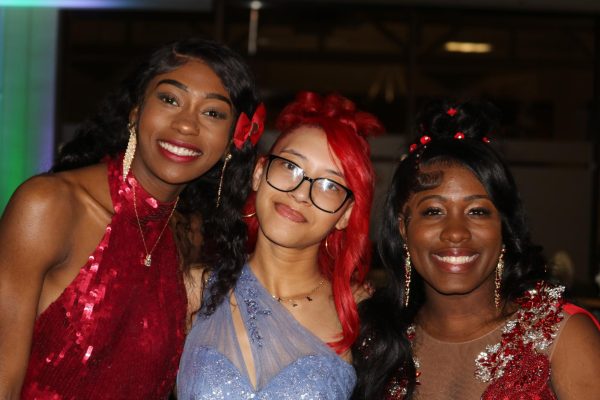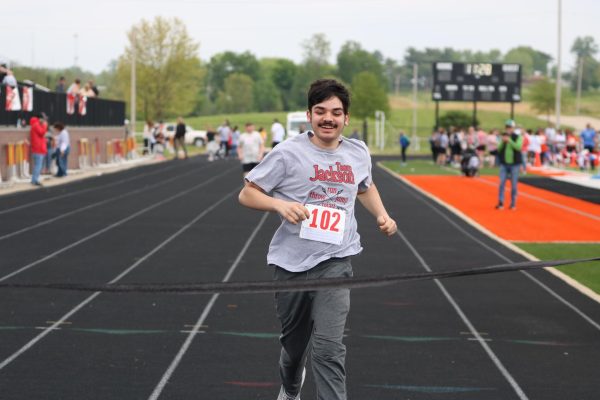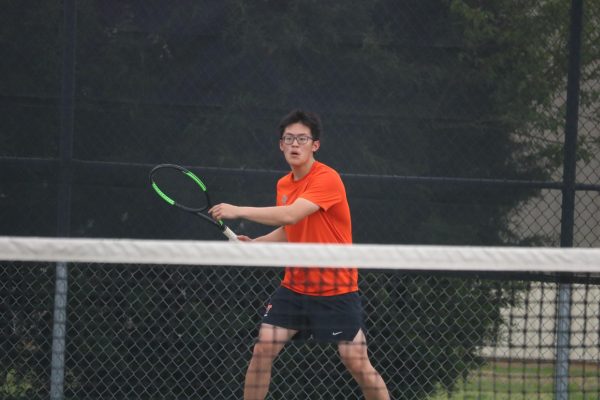The Expeditions and Exploitations of Christopher Columbus
Why do we still celebrate Columbus Day?
The story of Columbus and his journey to prove that the world was indeed round only to find what is now modern-day America, is a classic and all-around happy story, or at least that’s how it is taught in our elementary school system. Except for the fact that Columbus didn’t even land on what we consider American soil, rather the Bahamas, and Columbus died thinking he had come across Asia.
Like most stories, there is more to it than what meets the eye, and more points of view than just Columbus’s and his shipmen. We might be here because of him but what about the millions of indigenous people that aren’t here because of him? Or do those facts get looked over in light of all the good he did in finding and settling us in our home today?
The year was 1442, Columbus, a skilled navigator, and explorer for his time requests sponsorship for his expedition in finding a better trading route to India, Queen Isabella and King Ferdinand of England saw this expedition as a chance to spread Christianity as well as bring them a better status and gladly funded Columbus along with giving him the title Admiral of the Ocean.
From the beginning, in accordance with Columbus’ journals he had stated before he even stepped foot on the land, he laid out his intentions plainly, he wanted gold, glory and to spread the word of God, either willingly or forcefully. Upon landing in the Americas, he came across a tribe of peaceful indigenous people called the Taíno. The moment the Europeans stepped foot on the Indigenous people’s land they welcomed them with open arms as if they were long lost family as reported by Columbus himself, giving them almost everything they owned willingly, teaching them how to plant, and how to survive the Americas all out of the kindness of their heart.
Columbus, instead of seeing this as a way to live peacefully side by side, saw their kindness as a weakness, and in a way, it was the ultimate death of them. He acknowledged their kindness in his First Voyage Journal saying, “…They willingly traded everything they owned…” Adding almost immediately after,” They would make fine servants, with 50 men we could subjugate them all and make them do whatever we want.” The Indigenous people lost their fighting chance the moment the Europeans landed on shore.
School curriculums today tend to highlight the advances and achievements Columbus made in his lifetime. This is important and a necessity in order for us to understand our history and how we came to be. With that being said the great amount of harm he caused is just as important for us to know. In order to fully comprehend the impacts indigenous people still have today, over 600 years later, with poverty, and struggle we must know the whole truth. The good, bad, and the messy.
Although this does not apply to all schools and teachers, Candice Heider, a high school social studies teacher from Cape Central High had this to say, ”Europe’s idea of property rights was not the same as the Indians. While Europeans had political systems, economic systems, and religion, the natives did not and they ultimately thought that the Natives were wrong and needed to be controlled and fixed when in fact there was nothing wrong with them. They were just different.”
Soon after this, the fantasy Columbus had once envisioned in his First Voyage Journal became an all too real nightmare for the Native Americans. The seemingly lucky Indigenous people who weren’t outright slaughtered or subjected to European diseases by Columbus and his men were given a gold quota that was nearly impossible to meet, considering the amount of gold the Americas had to begin with. Those who failed to meet said quota, which most barely scratched the surface, were beaten, mutilated, or worse. Families were torn apart as men were put into slavery while women and little girls were being sold to men for their own personal desires.
Even during this time, Columbus’s acts were viewed as inhumane, unsure of what to believe for himself Spanish Priest, Bartolome de la Casas came to the Americas to see exactly for himself. Upon arriving, horrified, he had this to say,” They attacked the towns and spared neither the children nor the aged nor pregnant women nor woman in childbed, not only stabbing and dismembering them but cutting them to pieces as if dealing with sheep in a slaughterhouse.” He went on to explain how the men and women working in the mines and ranches were dying from starvation and exhaustion, as well as he confessed that in some 40 years the Christians had been on the Native’s land more than 12 million people were unjustly slaughtered, Although the diseases the Europeans brought over notably had a huge part to play in the millions of deaths.
At the end of the day, the story of Columbus and his contact with the Indigenous people is a long and devastating one, but necessary facts need to be taught in our school system in order for us to see what actually went down and learn from it as well as pass it on. As Gen Z, the future leaders of America, we have an obligation to the next generation of kids, who deserve the truth just as much as we did, and do, growing up.

Favorite Quote: “Stay in school. Don't ever be lazy, don't you ever complain about hard work. Work hard, it pays off.” - Nicki Minaj.
Favorite Food: Pistachios
Fun fact: I have never had a diet soda in my life.








torianna dibert • Oct 13, 2021 at 1:55 pm
good article good job genius love love super smart